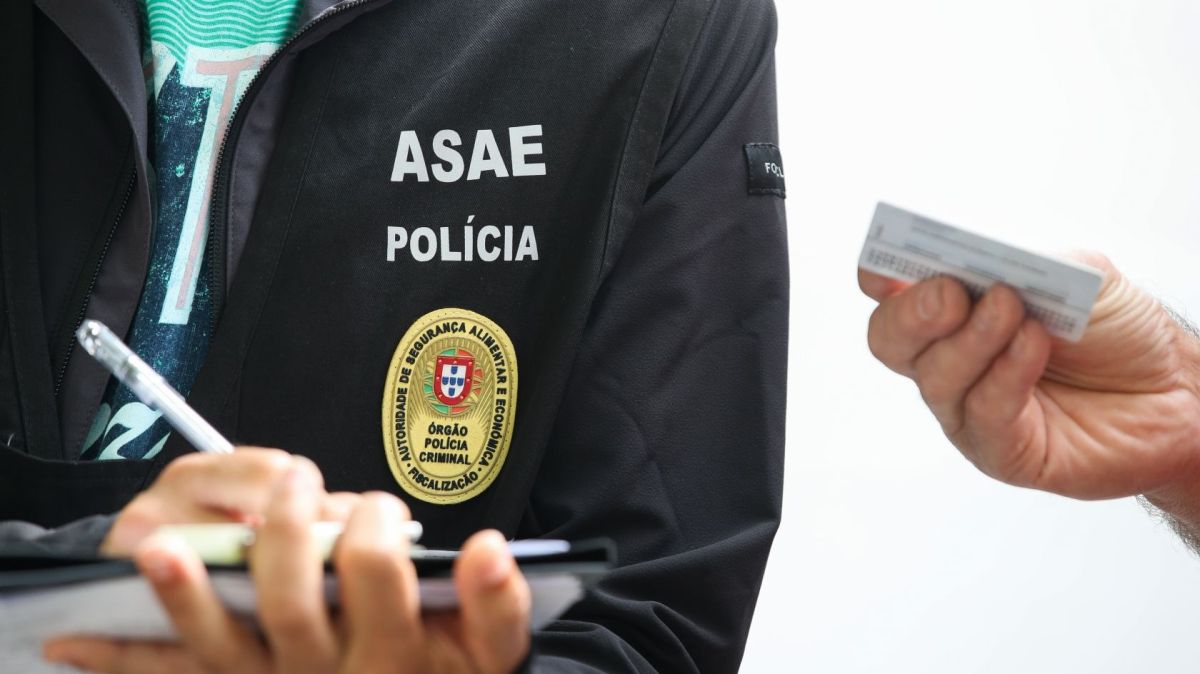According to an announcement published on Friday 20th of October, between Serralves (next to the intersection with the streets Jorge Reinel, Tânger and Serralves) and Cristo Rei (after the streets João de Barros and António Galvão), "the left lane is coming into operation, in both ways."
The cut of around 800 meters takes place to "proceed with the materialisation of the 'Metrobus' channel", which on this avenue will not be a dedicated road, and is expected to last 60 days.
Thus, vehicles now "only travel along the right-hand lane, whether in the direction of Praça do Império, or towards Avenida da Boavista".
The work involves "making it compatible with the [central] divider and existing streets, providing it with the necessary infrastructure for the operation" of the 'Metrobus'.
"For safety reasons, parking will be prohibited throughout the duration of the restriction", the transport company's announcement also states.
The reversal of direction on the avenue can be done near the intersection with Ruaua Prof. Augusto Nobre and João de Barros/António Galvão.
The new Metro do Porto service will connect Casa da Música to Praça do Império (in 12 minutes) and Anémona (in 17) in 2024, using hydrogen buses, running on a dedicated road on Avenida da Boavista and in coexistence with cars on Avenida Marechal Gomes da Costa.
Metro do Porto announced that the vehicles, similar to those on the conventional metro, will be built by the consortium that includes CaetanoBus and DST Solar, in a contract awarded for 29.5 million euros.
The investment in the 'Metrobus' is fully financed by the Recovery and Resilience Plan (PRR) and amounts to 66 million euros, excluding VAT, and the works started at the end of January.
The Casa da Música, Guerra Junqueiro, Bessa, Pinheiro Manso, Serralves, João de Barros and Império stations are planned for the first service, and in the section up to Matosinhos Antunes Guimarães, Garcia de Orta, Nevogilde, Castelo do Queijo and Praça are added.














